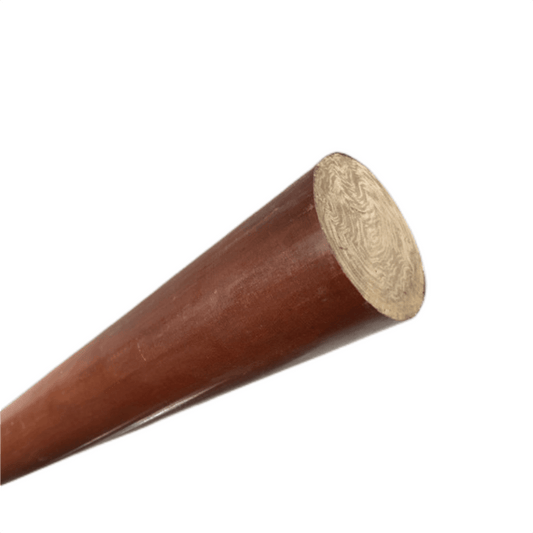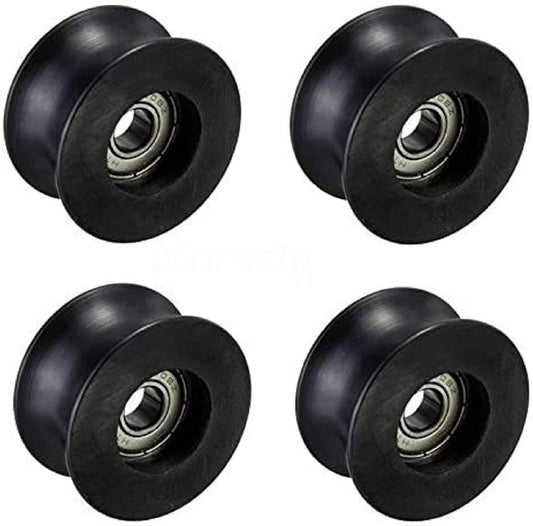POM (polyoxymethylene) and nylon are two of the most widely used thermoplastic materials across many industries. Both offer beneficial properties, but also have downsides to consider. Comparing the pros and cons of POM vs nylon can help guide material selection for different applications.

Pros and Cons of POM
POM has high strength and stiffness combined with natural lubricity. This allows for precision parts with low friction and wear. POM also provides excellent chemical resistance, capable of handling acids, bases, oils, and greases. In terms of thermal properties, POM withstands temperatures up to 175°C before softening.
On the downside, POM tends to absorb moisture from the environment. It also lacks impact strength especially at low temperatures. Overall, POM excels where high strength, low friction, and chemical resistance matter most.

Pros and Cons of Nylon
The main advantages of nylon include high tensile strength, elasticity, and abrasion resistance. Nylon offers greater impact strength compared to POM, especially at low temperatures. It also absorbs very little moisture from the environment.
However, nylon lacks the mechanical strength of POM and is more prone to degradation from UV exposure. Overall, nylon is ideal for flexible parts and high impact applications.

Comparing Mechanical Properties
When evaluating mechanical characteristics, POM provides greater tensile and flexural strength. Its modulus of elasticity is also higher than nylon, giving POM better load bearing capacity before deformation. However, nylon has nearly 10 times the impact strength, making it more resilient.
Thermal Property Comparison
Both materials melt around 175°C, but POM maintains its stiffness and strength at higher temperatures than nylon. POM handles intermittent exposures up to 175°C versus only 90-130°C for nylon before softening occurs.
Chemical Resistance Differences
POM holds up very well to acids, alkalis, oils, greases, and many solvents. Nylon resists alkalis but is prone to degradation from acids and oxidizing agents. POM has superior chemical durability.

Manufacturing Considerations
In manufacturing, POM and nylon are both easily molded with good production rates. POM is generally more expensive, so nylon can offer cost savings in high volume applications where its properties suffice.
When reviewing the pros and cons, while both versatile thermoplastics, POM stands out where high mechanical strength, temperature resistance, and chemical durability are critical. Nylon provides better impact strength and a lower cost alternative where flexibility is paramount. Evaluating the unique performance characteristics of each material will lead to the optimal selection for the application.







